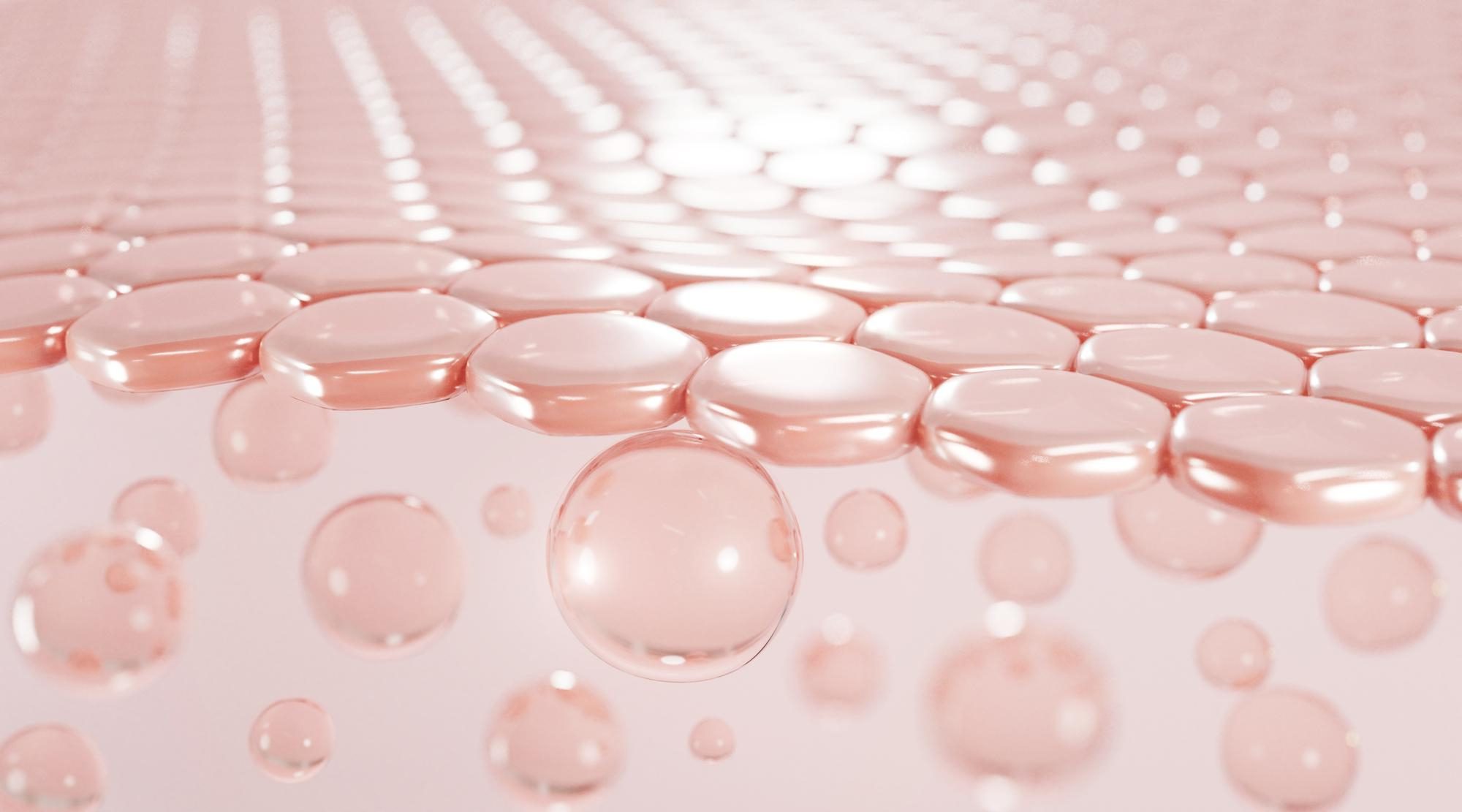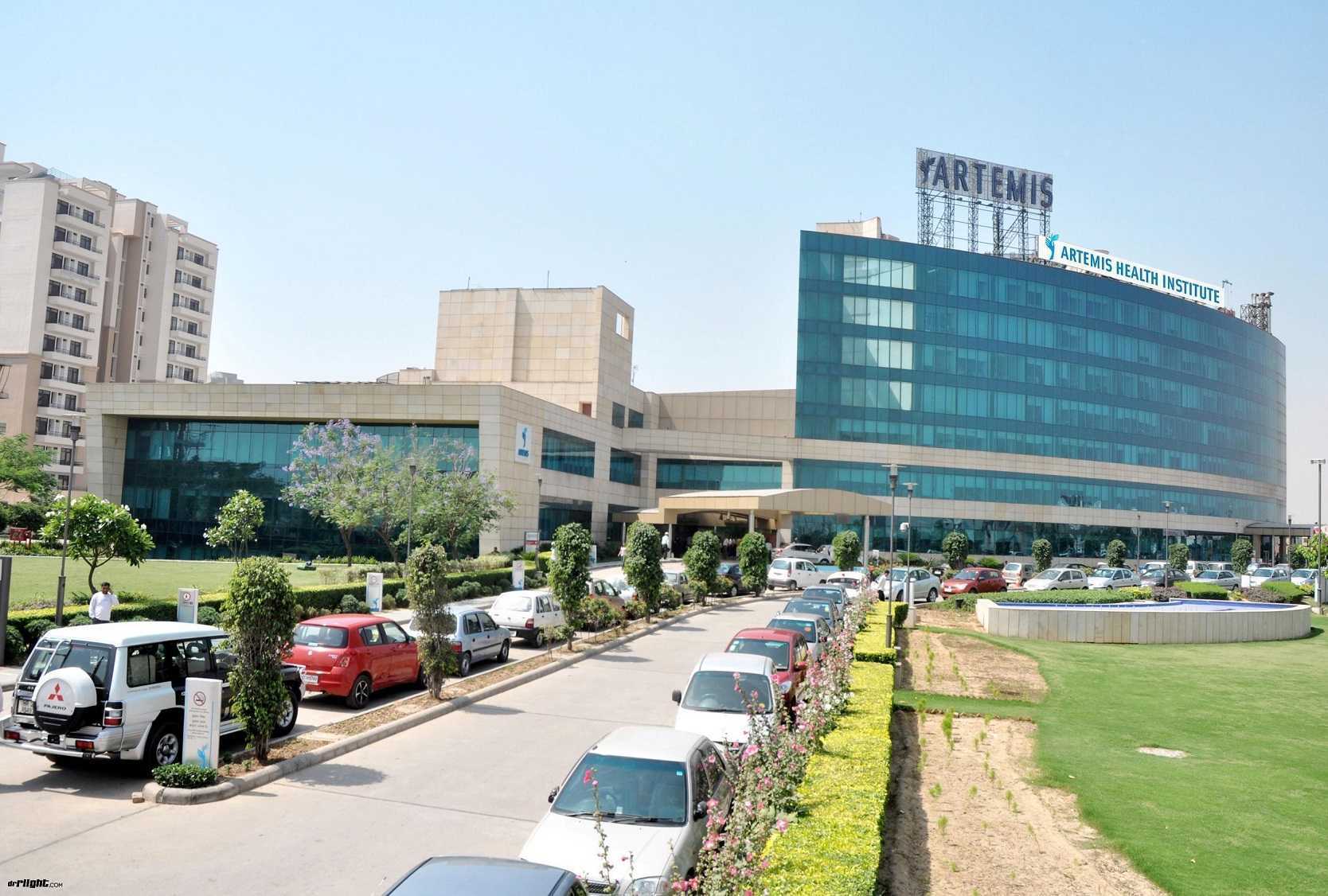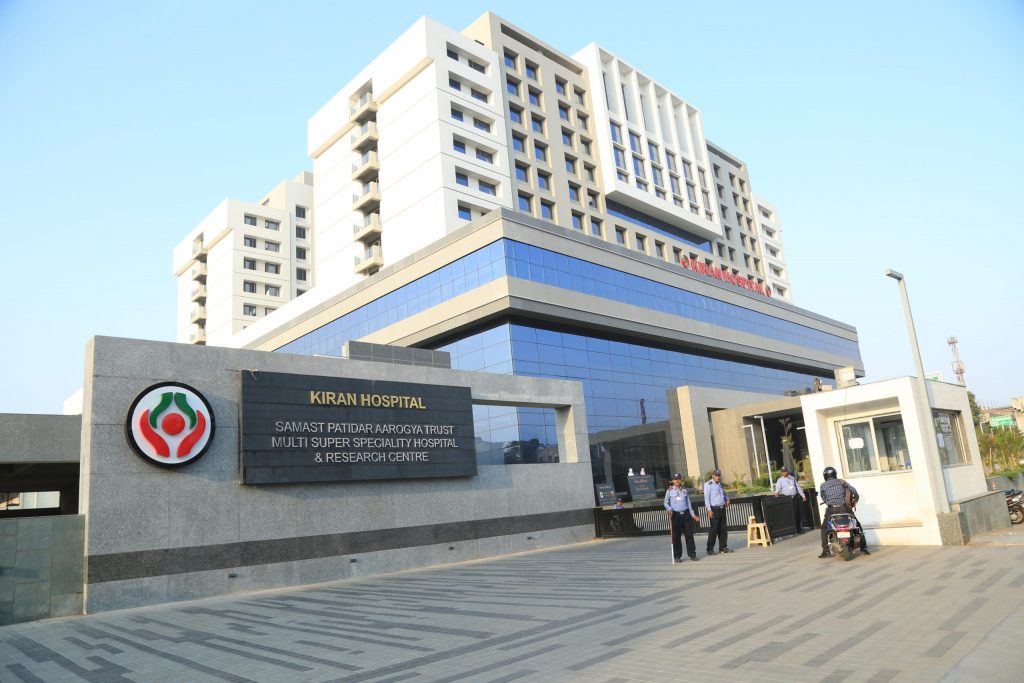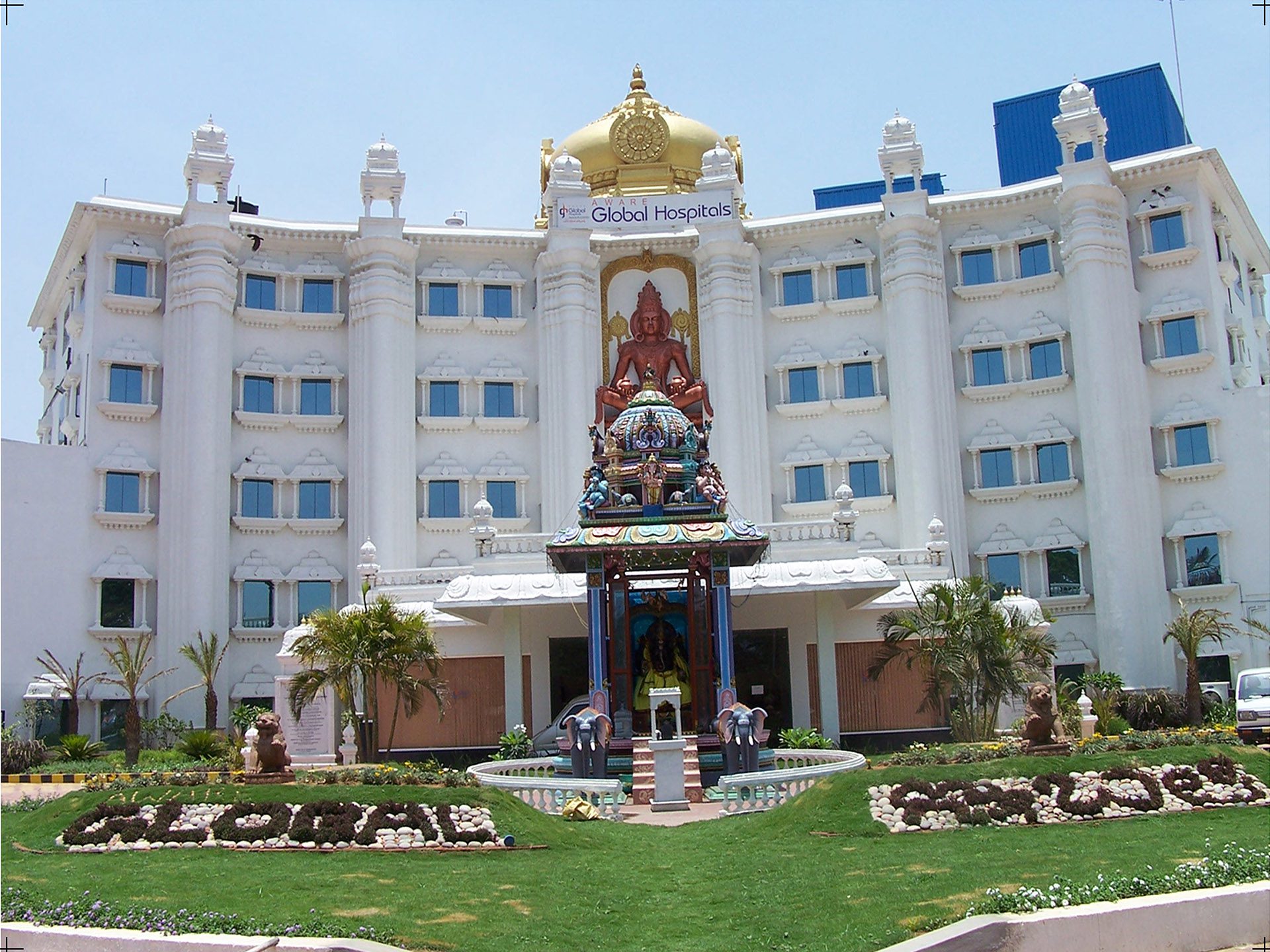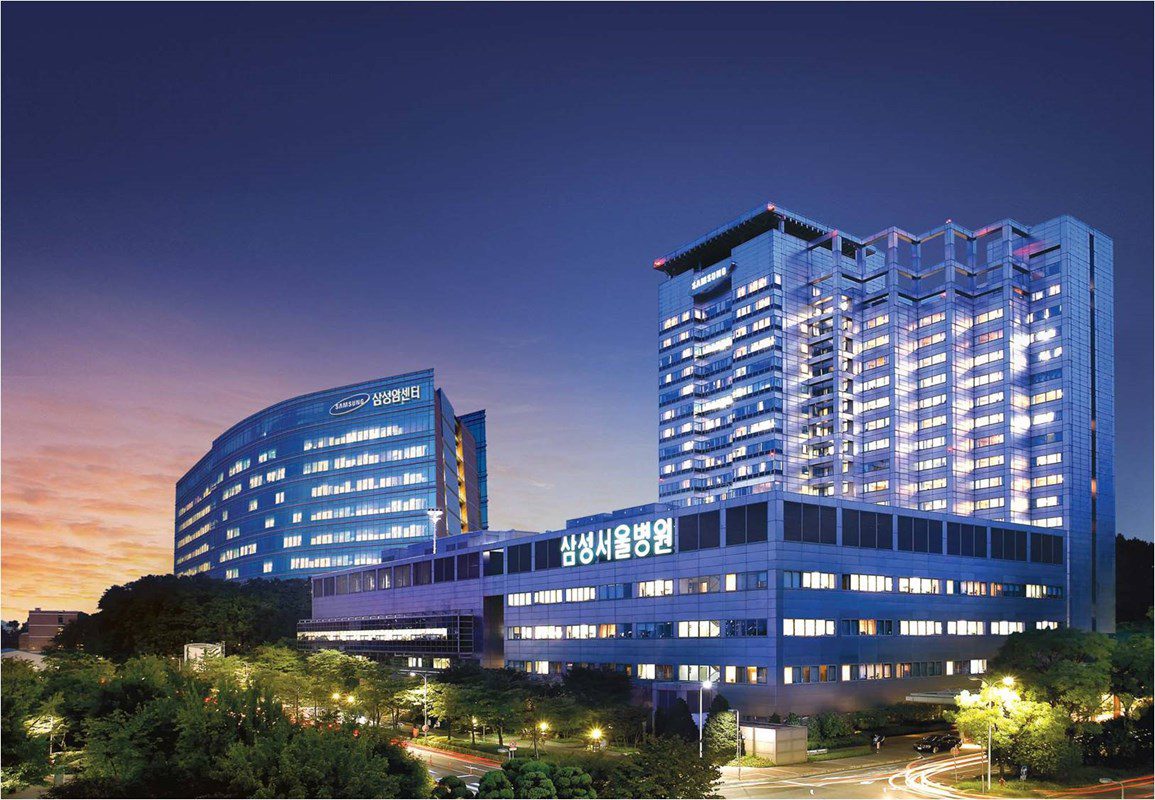Acne is a skin condition; its characteristics are red pimples appearing on the face. It’s caused by inflamed or infected sebaceous glands. Usually, it is observed in juveniles, nevertheless, it may occur in people at a more mature age.
With acne, pores are blocked by sedum, bacteria and dead cells. Approximately 80% of people in the 11-30 age group have a mild manifestation of this condition.
Acne symptoms
Acne manifests itself in the following forms.
- Open bumps on the skin: it looks like dirt has accumulated inside them. The reason for this is the uneven reflection of light from follicles clogged with cells. Whiteheads may also appear – closed lumps with cells and sebum inside.
- Papules – small-sized pinkish tubercles, which are in an inflamed state.
- Pustules – cavities having pus inside with a red halo around them.
- Acne in the scalp, which appears due to excess yeast.
- Hard nodular accumulations under the skin. They have quite huge sizes and provoke severe pain.
- Cysts filled with extensive amounts of pus. After them, scars often remain.
Causes of acne
Mostly, it occurs as a result of hormonal changes provoked by the activity of androgenic hormones. This state is most pronounced in adolescence. Next-mentioned factors can aggravate acne severity:
- sudden modifications in hormones’ background in menstruation;
- squeezing;
- constant wearing of headgear made of dense materials, in particular, sports helmets and hats;
- living in high-humid regions with air pollution;
- use of thin creams and lotions;
- frequent contact with fat: work in catering places and the like;
- frequent stressful situations: the level of cortisol rises and it may lead to a large number of pustules;
- genetic predisposition.
Doctors also say some foods may also trigger this condition. In particular, this includes the frequent consumption of skimmed milk and simple carbohydrates in large quantities.
Acne diagnostics
It’s diagnosed by examining the skin. To reveal the causes and in order to prevent its further aggravation, the doctor may examine some related factors from the patient’s life: whether the patient has been exposed to stressful situations recently, whether it is in a family anamnesis, and so on. If acne occurs in older people, it may indicate the presence of serious pathologies.
Acne treatment
Doctors may prescribe various meds depending on condition severity. Several forms of the disease may require fairly strong drugs that can be purchased only by prescription. In particular, oral contraceptives can be quite useful.
In addition, next-mentioned is used:
- benzoyl peroxide – a leave-in detergent damaging bacteria present on skin and aggravates the condition degree;
- salicylic acid used in lotion or ointment forms;
- azelaic acid contained in cereals;
- retinoids, which help prevent and relieve blockage of blood vessels;
- topical antibiotics, which destroy bacteria enhancing symptoms;
- oral medications: Amnevast, Estrostep, Sotret, etc.
For extreme acne forms, doctors prescribe steroid injections. In addition, quite often recently, laser therapy has been used, which is aimed at removing acne. Along, peeling is used: top-skin layers are removed. It contributes to the opening of pores.

